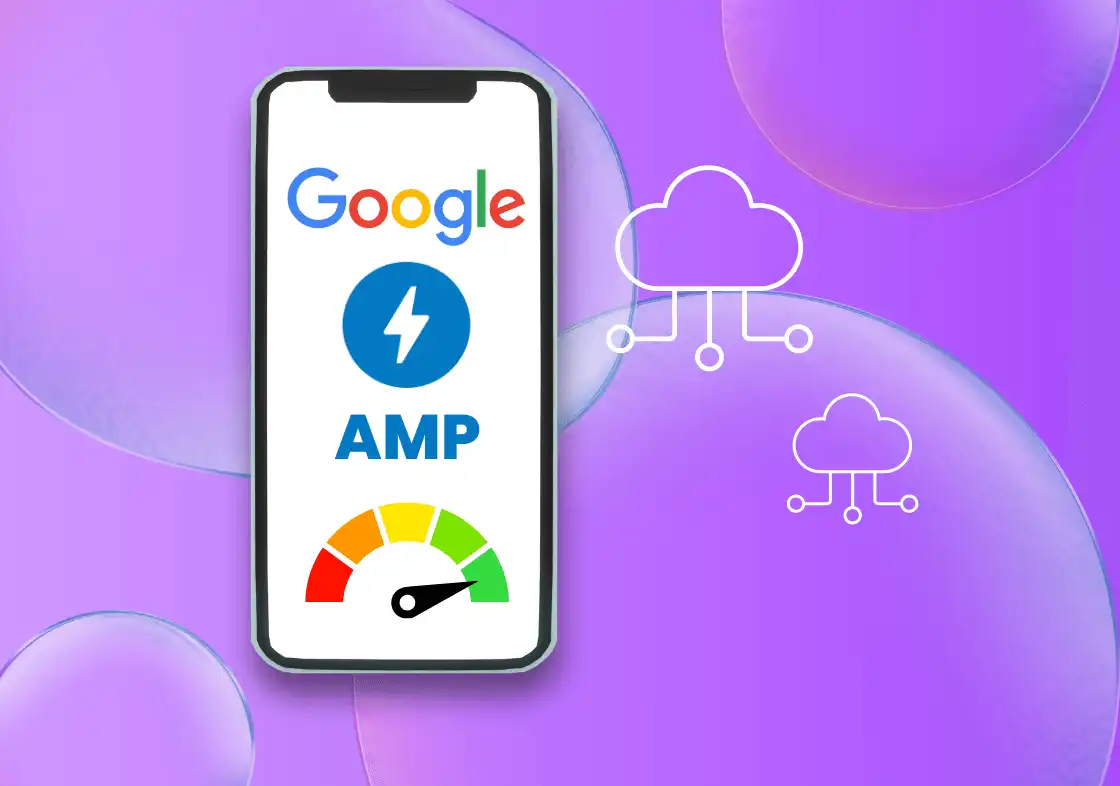Introduction
In recent years, web development has seen significant advancements, and one such groundbreaking technology is the Single-Page Application (SPA). SPAs have transformed the way users interact with websites by providing seamless and dynamic user experiences. In this article, we will delve into the world of Single-Page Applications, exploring their features, advantages, development process, and future prospects.
What is a Single-Page Application (SPA)?
A Single-Page Application (SPA) is a web application that loads and operates as a single page, without the need for constant page reloads. Unlike traditional multi-page websites, where each click on a link triggers a full page refresh, SPAs load all necessary content once and dynamically update the page as users interact with it.
Advantages of using SPA
- Enhanced User Experience: SPAs offer a fluid and responsive user experience since interactions are handled on the client-side without full-page reloads.
- Faster Loading Times: By loading data dynamically, SPAs reduce loading times and provide quick access to content, resulting in improved user engagement.
How Single-Page Applications Work
SPAs rely on client-side rendering, where the majority of the page rendering occurs on the user’s device rather than the server. This approach allows SPAs to respond swiftly to user actions and provide a smoother experience.
Overview of client-side rendering
In a traditional multi-page website, the server processes the user’s request and sends back a fully rendered HTML page. On the other hand, SPAs initially load a bare-bones HTML page and fetch data from the server using APIs to populate the content dynamically.
Handling data with APIs
SPAs interact with the server through APIs (Application Programming Interfaces), which allows them to retrieve and send data in a structured format like JSON.
Routing in SPAs
SPA routing is handled internally on the client-side using JavaScript. The application changes the URL and content displayed without triggering a full page refresh.
Key Features of SPAs
Smooth user experience
The absence of full-page reloads in SPAs leads to a smoother and more intuitive user experience, as users can navigate the application without interruptions.
Reduced page loading times
Since SPAs load data dynamically, they reduce the need for fetching complete pages from the server, resulting in faster loading times and improved performance.
Enhanced interactivity
SPAs enable real-time interactions with users, making them ideal for applications that require frequent updates and user engagement.
Popular SPA Frameworks
Several frontend frameworks and libraries have emerged to support the development of SPAs. Below are the most used frameworks :
React.js
React.js, developed by Facebook, is a highly popular JavaScript library for building user interfaces, including SPAs. Its component-based architecture makes it easy to manage complex UIs efficiently.
Angular
Google’s Angular is a comprehensive framework that provides everything needed to build SPAs, from templating to routing and data handling.
Vue.js
Vue.js is a progressive JavaScript framework that allows developers to incrementally adopt its features and integrate it into existing projects smoothly.
SEO Challenges with SPAs
Despite their numerous advantages, SPAs present challenges for search engine optimization (SEO) due to their reliance on client-side rendering.
Indexing and crawling issues
Traditional search engine crawlers may face difficulties in indexing the content of SPAs since they rely heavily on JavaScript. As a result, certain content might not get properly indexed, affecting SEO rankings.
Solutions for SEO in SPAs
To tackle SEO challenges, developers can adopt techniques like server-side rendering (SSR), pre-rendering, or dynamic rendering to ensure that search engines can crawl and index the SPA’s content accurately.
Best Practices for SPA Development
To build efficient and SEO-friendly SPAs, developers should follow some best practices.
Implementing server-side rendering (SSR)
Server-side rendering allows the server to render the initial page content, making it easier for search engines to index the page properly.
Lazy loading of assets
Lazy loading delays the loading of non-essential assets, such as images or videos, until the user requires them, reducing the initial page load time.
Optimizing performance
Optimizing performance is crucial for SPAs. Techniques like minification, compression, and caching help reduce loading times and enhance user experiences.
Security Considerations for SPAs
As SPAs rely heavily on client-side processing, they face some security concerns.
Client-side vulnerabilities
Client-side code can be vulnerable to attacks like Cross-Site Scripting (XSS) and Cross-Site Request Forgery (CSRF). Developers must implement security measures to protect against such threats.
Handling authentication and authorization
Ensuring secure authentication and authorization mechanisms is crucial in Single-Page Applications (SPAs) to safeguard against unauthorized access to sensitive data.
Progressive Web Applications (PWAs) and SPAs
Progressive Web Applications (PWAs) leverage the capabilities of SPAs to deliver a more native-app-like experience to users.
How PWAs leverage SPAs
PWAs use the principles of SPAs to provide a seamless experience, even when users are offline or have limited connectivity.
Benefits of PWAs
PWAs offer advantages like offline access, fast loading, and the ability to add the application to the home screen, enhancing user engagement and satisfaction.
Use Cases of Single-Page Applications
SPAs find application in various domains due to their interactive and responsive nature.
E-commerce websites
E-commerce platforms use SPAs to offer a smooth and enjoyable shopping experience to users, increasing conversions and sales.
Social media platforms
Social media sites leverage SPAs to deliver real-time updates, notifications, and personalized content to users.
Project management tools
Project management tools utilize SPAs to facilitate seamless collaboration and efficient task management.
Future Trends of SPA Development
The evolution of SPAs continues, with new trends shaping the future of web development.
WebAssembly integration
WebAssembly allows developers to run code written in other languages alongside JavaScript, enabling enhanced performance and functionality in SPAs.
Micro-frontends approach
The micro-frontends approach involves breaking down a SPA into smaller, manageable modules, making development and maintenance more flexible.
Conclusion
Single-Page Applications have revolutionized web development, providing users with seamless and engaging experiences. By leveraging client-side rendering, SPAs have become a go-to choice for many modern web applications. However, developers must overcome SEO challenges and address security concerns to fully harness the potential of SPAs.
To build robust and efficient SPAs, developers should adopt best practices and consider emerging trends like WebAssembly and the micro-frontends approach. With continued advancements, SPAs will continue to shape the future of web development, offering unparalleled user experiences.
Frequently Asked Questions (FAQs)
Yes, SPAs are suitable for various types of websites, especially those that require frequent user interactions and real-time updates.
PWAs offer benefits like offline access, faster loading times, and the ability to add the application to the home screen, providing a native-app-like experience.
Yes, by implementing techniques like server-side rendering and dynamic rendering, SPAs can be made SEO-friendly.
SPAs rely on client-side processing, but certain techniques like server-side rendering can be used to enhance SEO and initial page load times.
WebAssembly is a binary instruction format that allows running code written in other languages alongside JavaScript. It enhances SPA performance and functionality.



